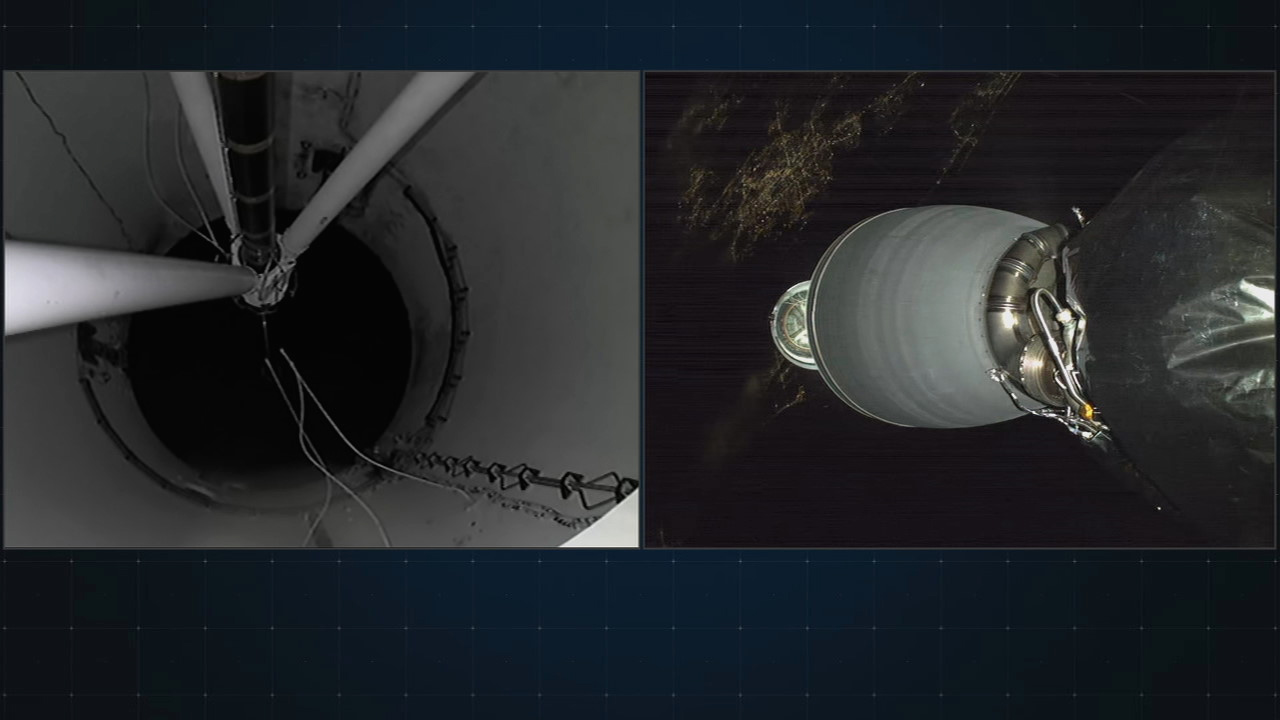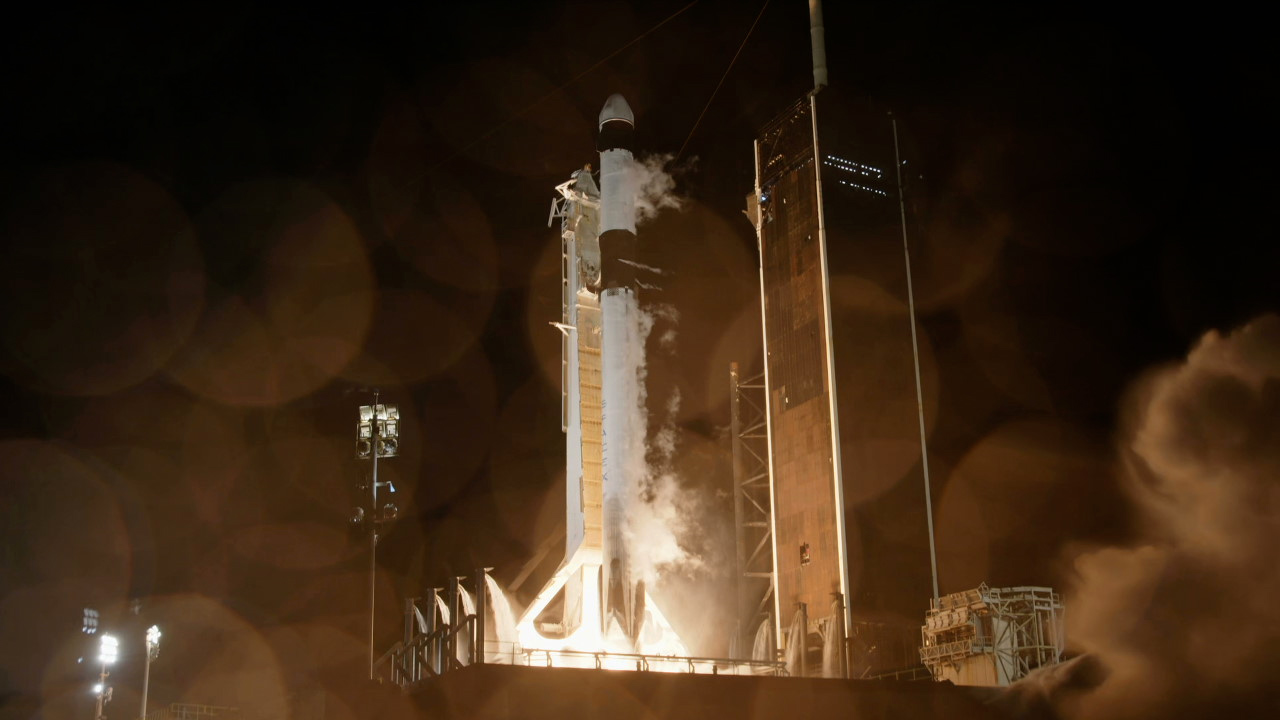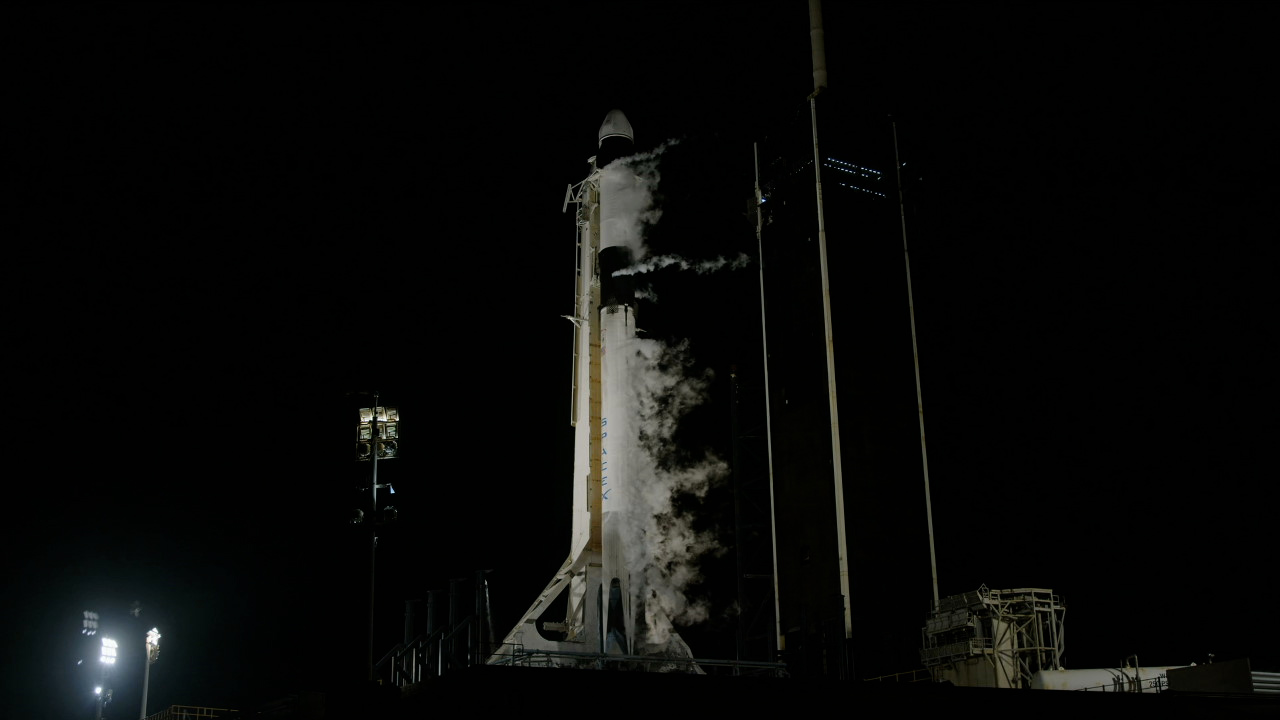
A SpaceX Falcon 9 rocket soars upward after its liftoff from Space Launch Complex 40 at Cape Canaveral Space Force Station in Florida at 4:55 p.m. EDT on Thursday, March 21, on the company’s 30th Commercial Resupply Services mission for the agency to the International Space Station. The spacecraft is expected to spend about a month attached to the orbiting outpost before it returns to Earth with research and return cargo, splashing down off the coast of Florida. Photo credit: NASA/Glenn BensonA SpaceX Dragon launched on the company’s Falcon 9 rocket at 4:55 p.m. EDT from Space Launch Complex 40 at Cape Canaveral Space Force Station in Florida, carrying more than 6,000 pounds of research, hardware, and supplies to the International Space Station.
NASA+, NASA Television, the NASA app, and the agency’s website continue to provide live coverage of the ascent. About 12 minutes after launch, Dragon will separate from the Falcon 9 rocket’s second stage, open its nosecone, and begin a carefully choreographed series of thruster firings to reach the space station
The spacecraft is on track to arrive at the International Space Station on Saturday, March 23, with an expected docking of the cargo spacecraft about 7:30 a.m. EDT. Watch live coverage of the arrival on NASA+, NASA Television, the NASA app, and the agency’s website.
When it arrives to the space station, Dragon will dock to the station’s Harmony module. NASA astronauts Loral O’Hara and Michael Barratt will monitor the arrival of the spacecraft.
Learn more about station activities by following the space station blog, @space_station and @ISS_Research on X as well as the ISS Facebook and ISS Instagram accounts.






